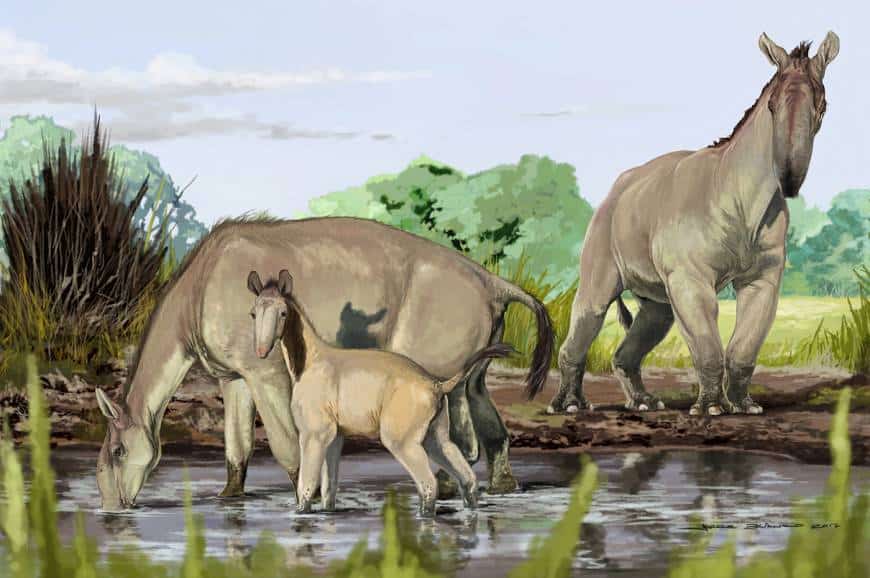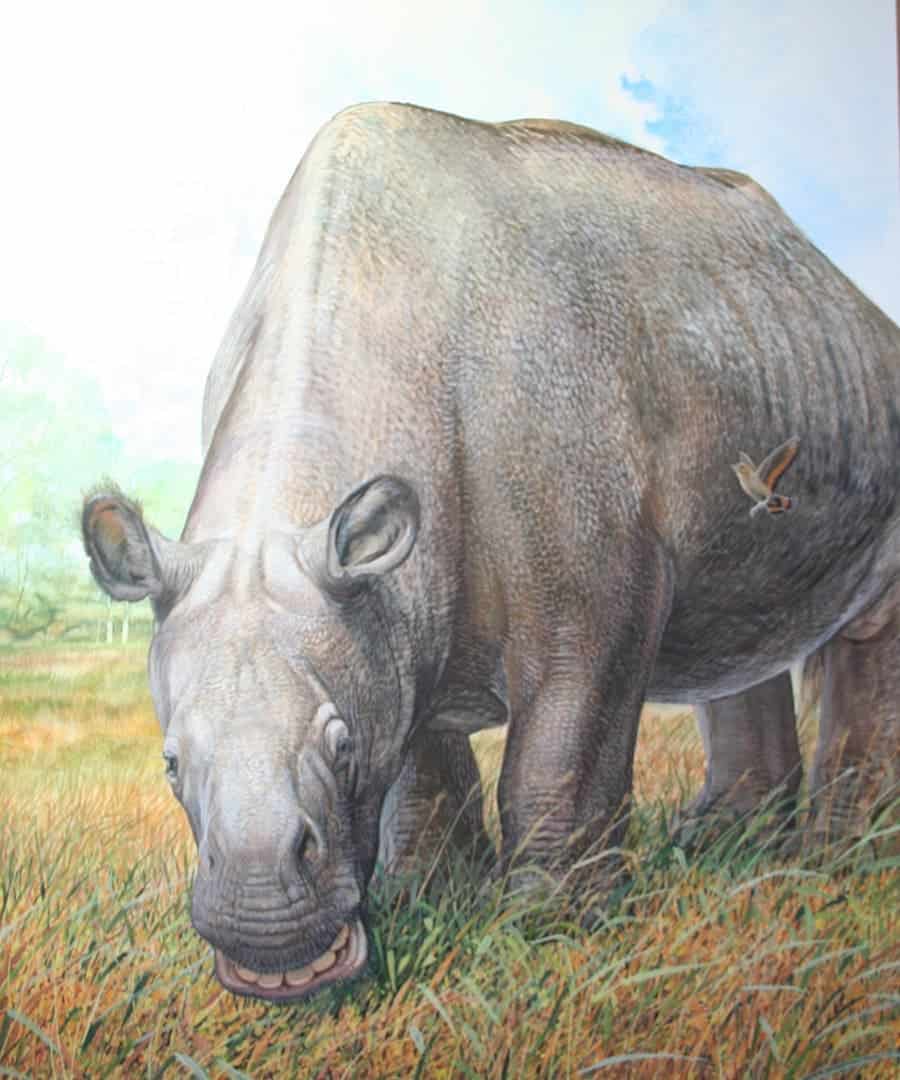
Michael Hofreiter, a professor at the University of Potsdam, asks that we “imagine a camel without a hump, with feet like a slender rhino, and a head shaped like a saiga antelope.” It’s not some mythical beast, nor some fictitious animals found in a children’s drawing books. This is a fitting description for the Macrauchenia patachonica (literally, ‘long-necked llama’), a three-toed South American ungulate mammal, which disappeared during the late Pleistocene, around 20,000-10,000 years ago. Ever since Charles Darwin himself, scientists have tried to establish M. patachonica’s pedigree with little success given its motley mix of body parts, as well as scarce and unreliable DNA samples.
When Charles Darwin first came across Macrauchenia fossils during his first trip to South American on the HMS Beagle in the 1830s, the father of the theory of evolution was simply baffled. He called it “perhaps one of the strangest animals ever discovered”.
Luckily, Hofreiter’s team was able to use a new type of genetic analysis to finally place Macrauchenia in the family tree it belongs. As it turns out, Macrauchenia isn’t related at all to the llama. Instead, this bizarre beast which weighed 400 to 500 kg (850 to 1,100 pounds) and snacked on grass and leaves, is at home in the ancient placental order known as Perissodactyla, which includes rhinos, horses, and tapirs.
The challenges were numerous, as is always the case when working with ancient DNA which is degraded by nature. The fact that Macrauchenia doesn’t have any close cousins that we know of made the job particularly difficult.
The team managed to overcome all setbacks by sequencing mitochondrial DNA extracted from a fossil sourced from southern Chile. The mitochondrial genome, which is inherited only from the mother’s side, is smaller and has more copies in the cell than the nuclear genome, which is more complex and more prone to error-accumulation as time goes by. Mitochondrial DNA is also extremely useful for evaluating the degree of relatedness among species.
Hofreiter and colleagues didn’t get the full genome but managed to piece together about 80 percent of it — enough to firmly establish Macrauchenia on a family tree. Some 66 million years ago, the beast’s lineage split with that of the modern perissodactyls, as reported in the journal Nature Communications.
As for why it suddenly disappeared from the fossil records some 11,000 years ago, that’s another mystery for another time. It might have been climate change, pressure from human hunting or both, like in the case of the wooly mammoth.

Another of Darwin’s oddities from the Beagle times is Toxodon, which has a rhino’s body, hippo’s head and rodent-like teeth. British researchers used a different approach to find Toxodon’s lineage by sequencing collagen from its fossils. Like Macrauchenia, the animal is also related to horses, tapirs and rhinos.


